What is Social XR and its potential applications & challenges?
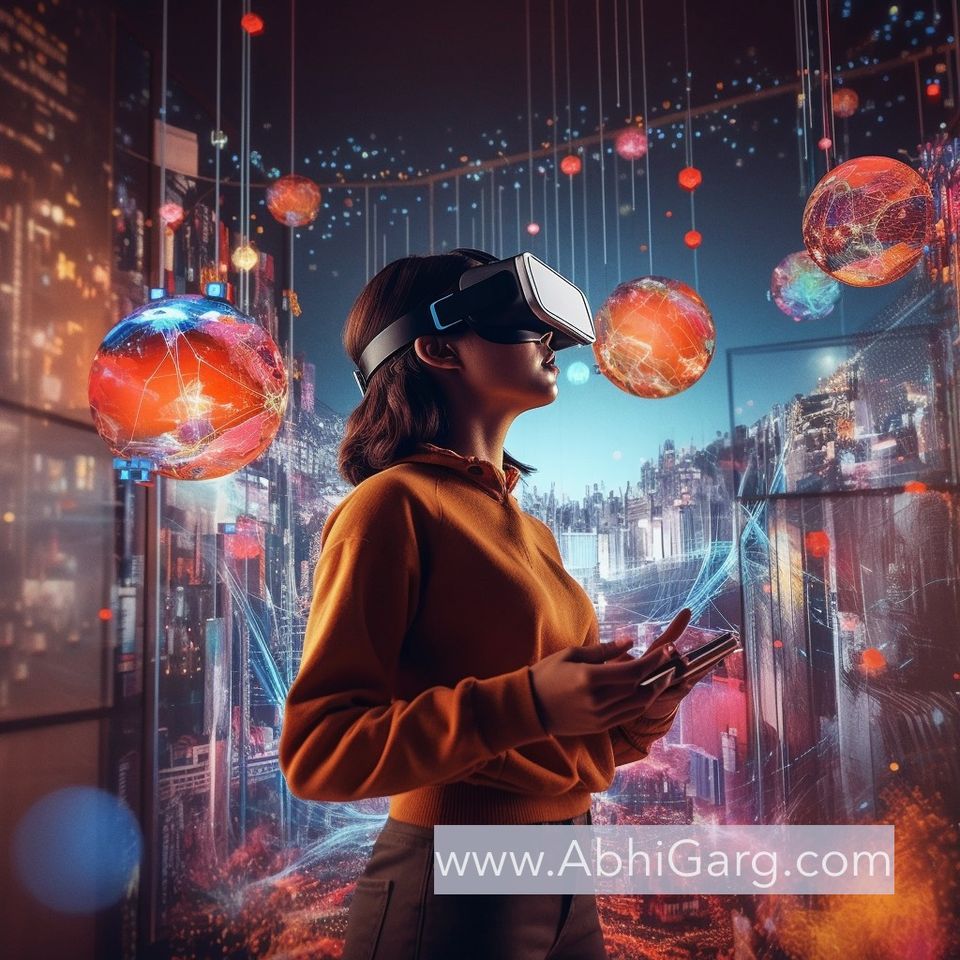
Social Extended Reality (Social XR) presents a novel blend of virtual and augmented reality experiences with social interactions and collaboration dynamics. This futuristic amalgamation transforms how people connect, communicate, and interact with each other, surpassing geographical boundaries in a shared virtual space. It's not merely an upgraded version of "The Sims"; it's a new facet of our digital lives.
Consider the case where you're in Los Angeles, and your friend resides in New York. Conventional times, you'd be restricted to phone calls or video chats for interaction. However, with Social XR, you can virtually exist in the same room, interact as if sitting side by side, see each other's avatars, engage in conversations, and exchange high-fives using virtual hands.
However, the scope of Social XR extends beyond casual socializing. It harbors the potential to revolutionize sectors like education, entertainment, healthcare, and more. Social XR paves the way for virtual classrooms, interactive training sessions, and 3D model-based learning in the educational realm. Imagine experiencing a virtual field trip to an archaeological site or a space station, enhancing the learning experience tenfold.
Sports enthusiasts can watch live games from a virtual reality seat inside a stadium, transcending physical boundaries. Music lovers can relish the thrill of a concert amidst a virtual crowd, interact with other fans, and feel the event's intensity, all from the comfort of their homes.
In healthcare, doctors can use Social XR for remote consultations, surgical training, or patient therapy. For example, a physical therapist could guide patients through exercises in a shared virtual space, tracking their progress in real time.
Despite its remarkable potential, Social XR comes with its challenges.
Privacy and security are indeed of utmost importance in the context of Social XR. Virtual spaces inherently involve shared environments and intimate personal interactions, making implementing robust measures to protect user data and privacy imperative. This includes safeguarding against unauthorized intrusion, data breaches, and the misuse of personal information. It requires careful consideration of privacy regulations, implementing encryption protocols, and establishing secure authentication mechanisms.
Accessibility is another crucial aspect that needs to be addressed for Social XR to reach its full potential. While the immersive and social experiences offered by Social XR have the potential to revolutionize social interactions, the technological requirements, such as high-quality VR headsets, can be a barrier for many users. To ensure an inclusive experience, efforts should be made to provide alternative and accessible options that cater to different physical abilities, financial situations, and technological access levels. This may include developing mobile-based or browser-based experiences, offering a range of VR headset options at different price points, and creating optimized experiences for both VR and non-VR platforms.
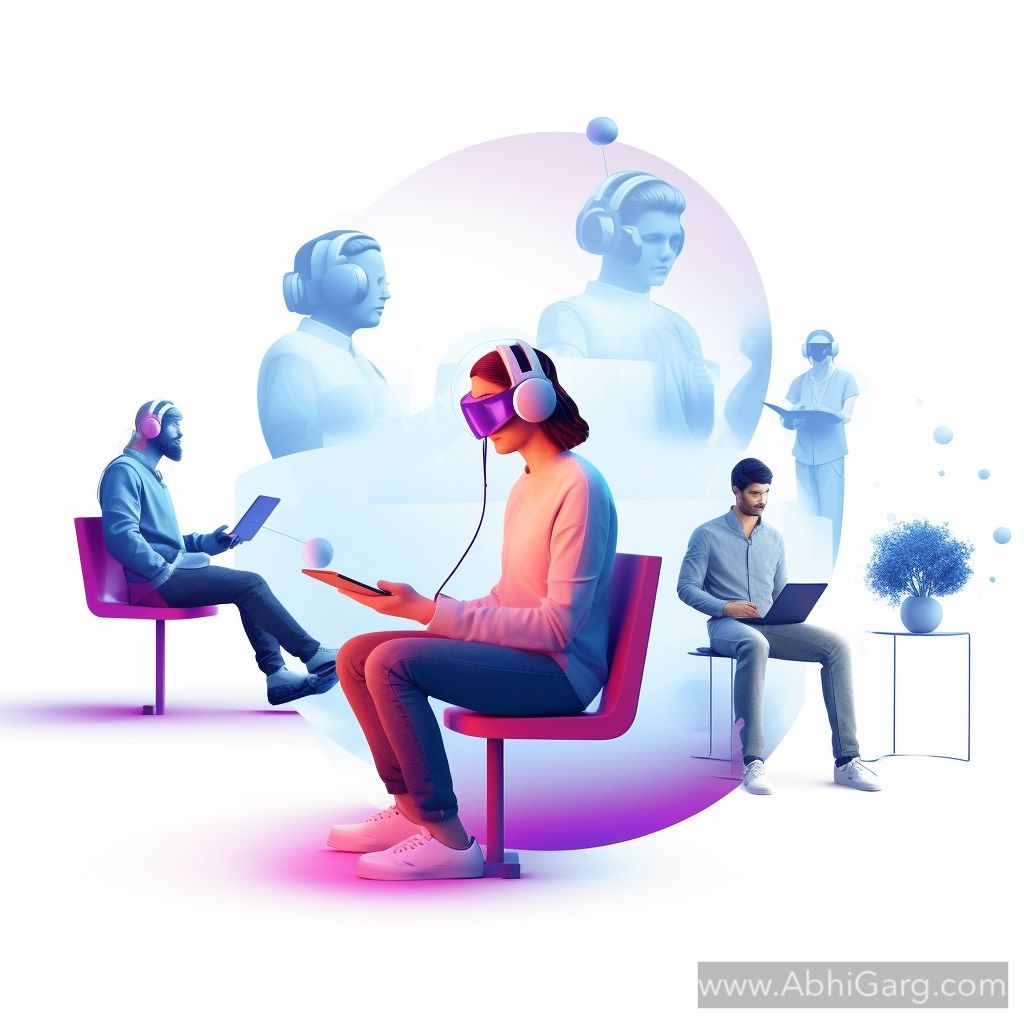
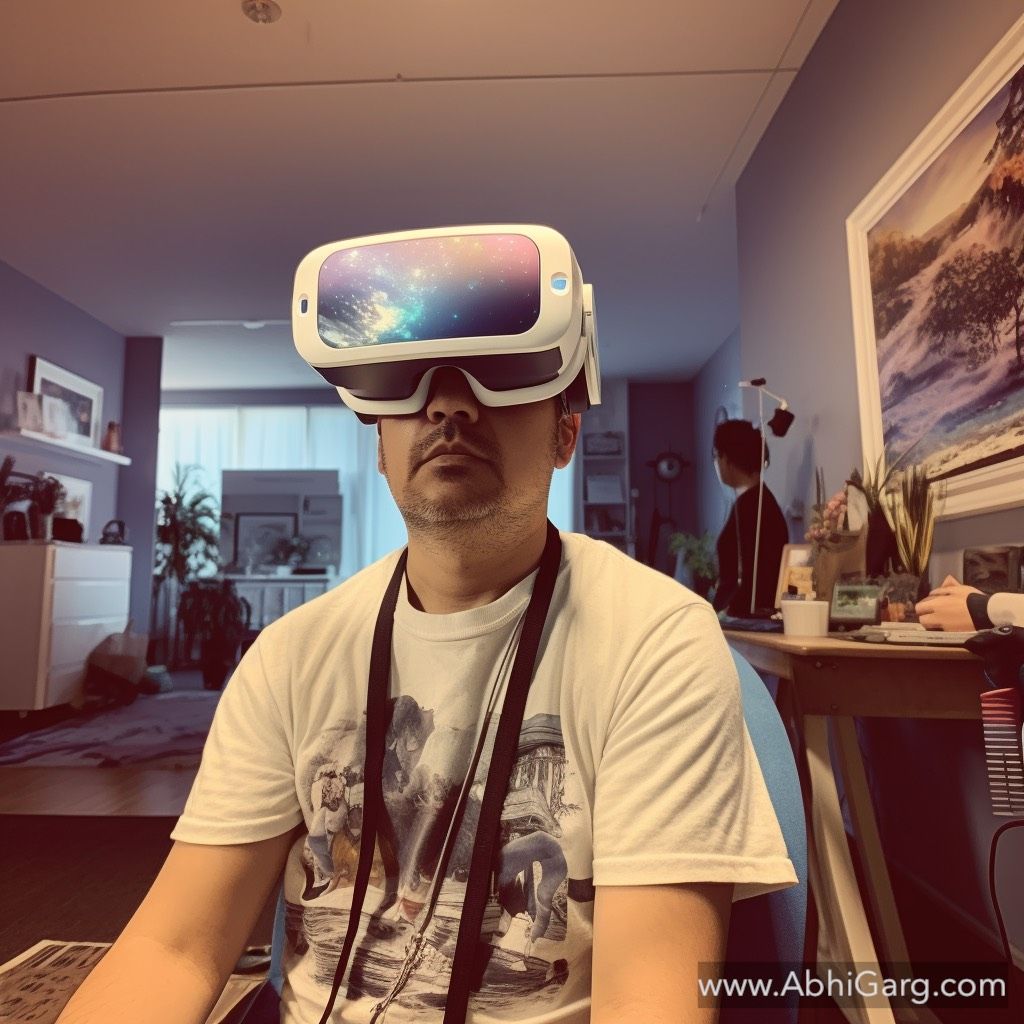
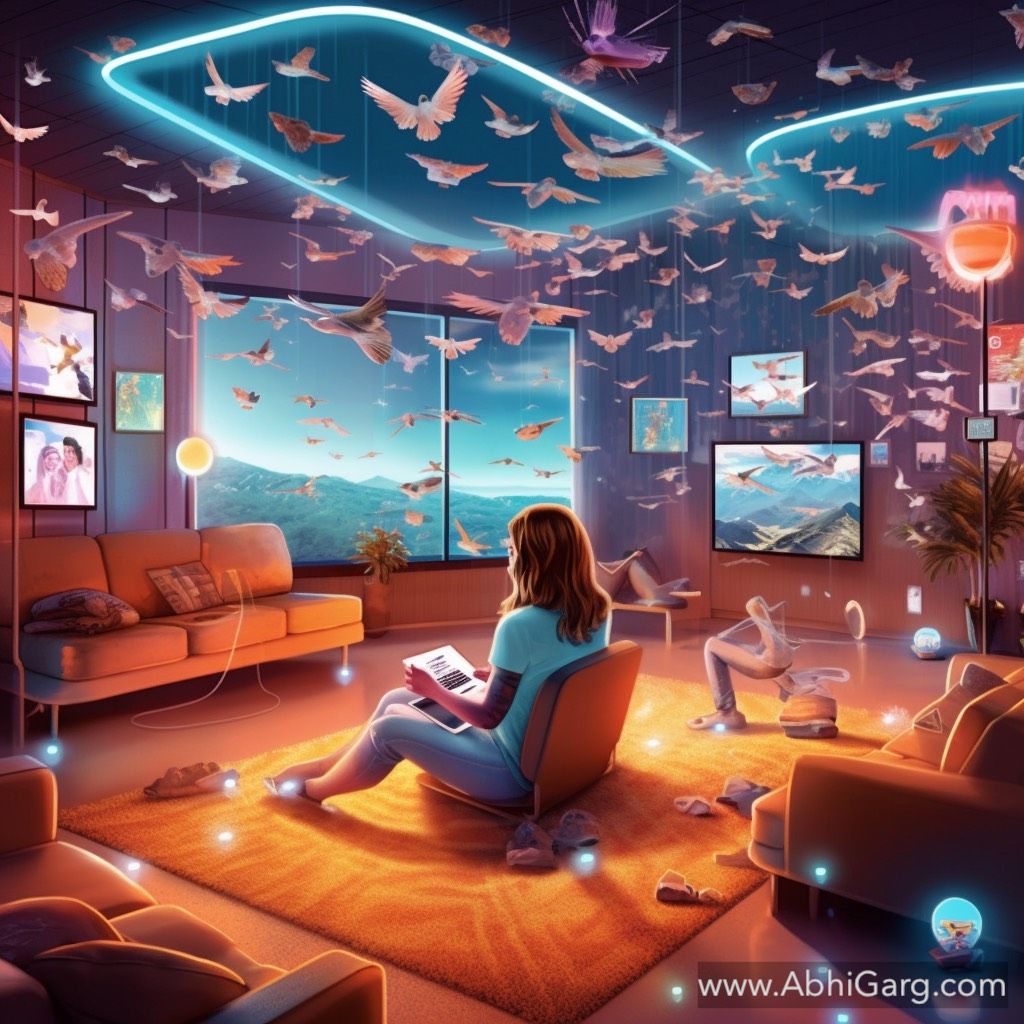
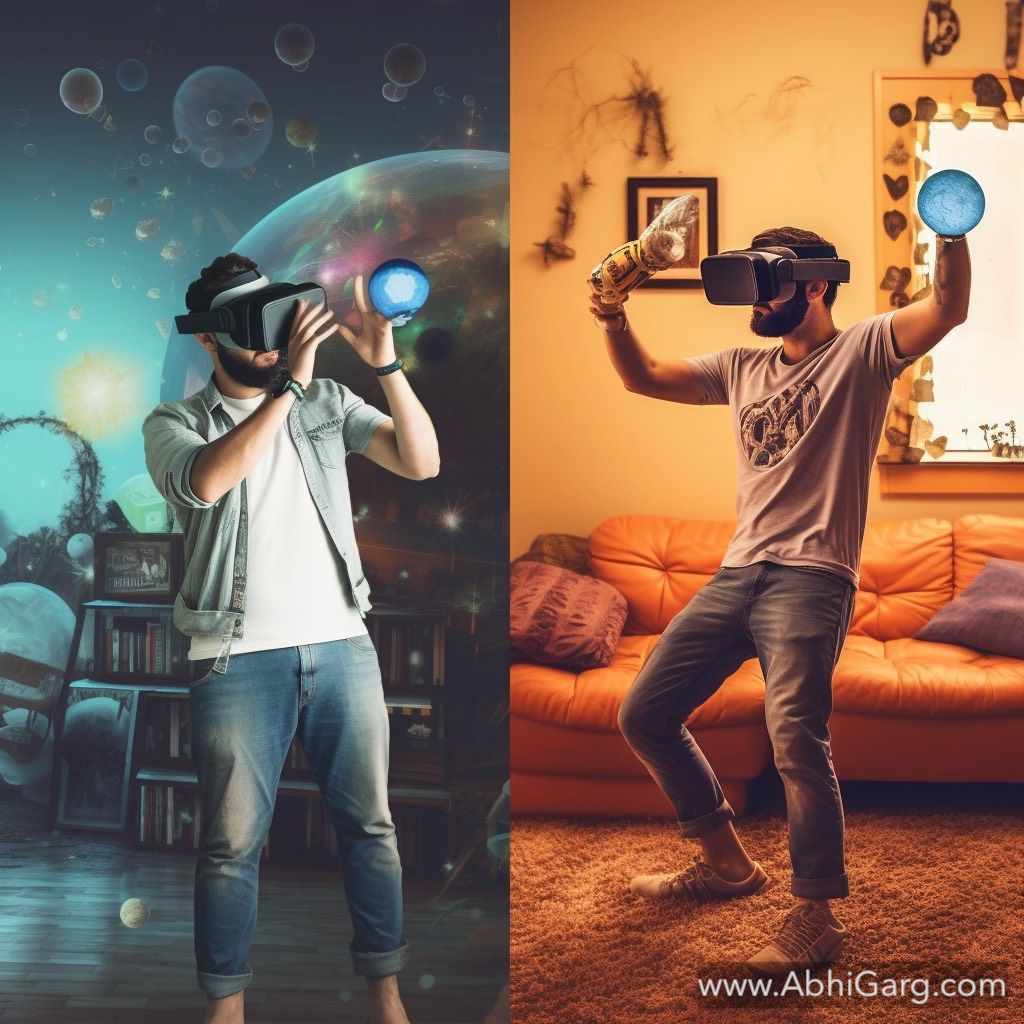
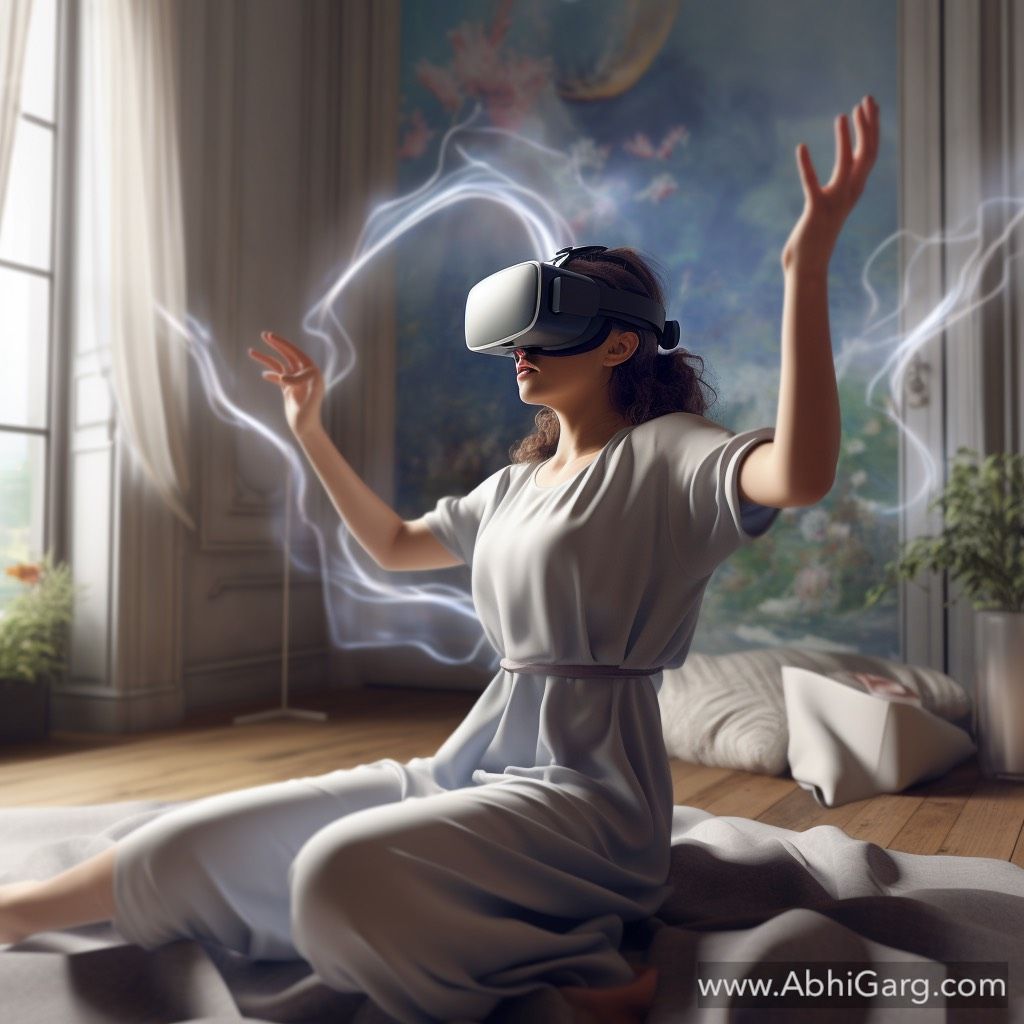
Possibilities for what the future holds. Combat loneliness with social XR?
The technological foundations of Social XR are a mix of cutting-edge innovations that work together to create immersive and interactive virtual experiences. Let's dive deeper into each element and explore its significance:
- Virtual Reality (VR):
VR uses head-mounted displays (HMDs) to transport users into digital realms. Within Social XR, VR can replicate real-world environments with astonishing detail, generating virtual avatars that seamlessly mimic users' movements and expressions. It creates an unparalleled sense of presence and immersion, allowing users to feel physically in the virtual world. - Augmented Reality (AR):
AR enriches the real world by overlaying digital content onto it. In Social XR, AR can provide users with contextual information, navigation assistance, or immersive experiences that blend the physical and virtual worlds. AR-enabled devices like smartphones and tablets allow users to interact with digital elements seamlessly while maintaining awareness of their physical surroundings. - Mixed Reality (MR):
MR seamlessly merges the elements of VR and AR, creating hybrid environments where the real and virtual worlds coexist. MR headsets enable users to interact with virtual objects as part of their physical surroundings. This technology is particularly valuable for industrial applications, training simulations, and collaborative design experiences. - Haptic Feedback:
Haptic feedback devices simulate the sense of touch and physical interaction in virtual environments. By providing vibrations, force feedback, or tactile sensations, haptic devices enhance the immersive experience, allowing users to naturally feel virtual objects and engage with the digital world. - Motion Capture:
Motion capture technology translates users' real-time movements into virtual space, enabling highly realistic avatars and natural interactions with virtual objects. This technology is crucial for creating lifelike character animations, enhancing users' sense of embodiment, and facilitating expressive communication in social VR environments. - Artificial Intelligence (AI):
AI plays a vital role in Social XR by powering intelligent virtual avatars that can interact naturally with users. These avatars can engage in meaningful conversations, provide personalized recommendations, or guide users through virtual worlds. AI also enables real-time language translation, breaking down language barriers and facilitating communication between users from different linguistic backgrounds.
- Cloud Computing:
Cloud computing forms the backbone of Social XR, providing the necessary infrastructure to create and host complex virtual experiences. Cloud-based platforms offer scalable processing power, storage capabilities, and networking infrastructure to deliver high-quality, accessible experiences to users worldwide. - 5G and Edge Computing:
5G networks, with their ultra-low latency and high bandwidth, are poised to revolutionize Social XR. This next-generation wireless technology will enable seamless, real-time interactions in virtual worlds. By bringing processing power closer to users, edge computing will further improve the quality of experiences and reduce latency. - Blockchain and Cryptocurrency:
Blockchain and cryptocurrency can potentially transform the management of transactions in Social XR environments. They could facilitate the purchase of virtual goods or services, property transactions in the virtual world, and even the management of virtual identities. Blockchain technology can unlock new economic opportunities and enhance trust in Social XR ecosystems by providing secure and transparent financial transactions. - Digital Twins:
Digital twins, or highly accurate digital representations of real-world entities, can significantly enhance Social XR environments' realism and educational value. They can replicate entire cities, buildings, or ecosystems in virtual space, allowing users to explore, learn, and engage with the digital counterparts of the physical world.
Emerging applications of Social XR span various fields and are only limited by imagination. For instance, prospective architecture and real estate buyers could tour properties in different locations, experimenting with different interior designs or architectural changes in the virtual world before deciding.
Retail customers could try on clothes, shoes, or makeup virtually before purchasing. They could also see how furniture or appliances would look in their homes, reducing the uncertainty often associated with online shopping.
Social XR could take remote work to a new level in the corporate world by creating virtual offices where employees can meet, collaborate, and socialize. It can also support virtual conferences or trade shows where participants can engage with products, presentations, and each other as if they were physically present.
While still in its relative infancy, the field of Social XR promises to bring about a paradigm shift in how we interact with technology and each other. By making virtual interactions feel more natural and personal, it has the potential to redefine social norms, economic models, and cultural practices.
However, navigating this digital frontier carefully and considering ethical, social, and legal implications is essential. As we blur the lines between our physical and digital worlds, the need for guidelines and regulations to ensure a safe, inclusive, and fair virtual world becomes increasingly pressing.
The realm of Social XR presents a thrilling glimpse into a future where distance and time no longer limit human interaction. It represents an intersection of technology, society, and human imagination that has the potential to redefine our shared experiences and shape the digital communities of the future.



